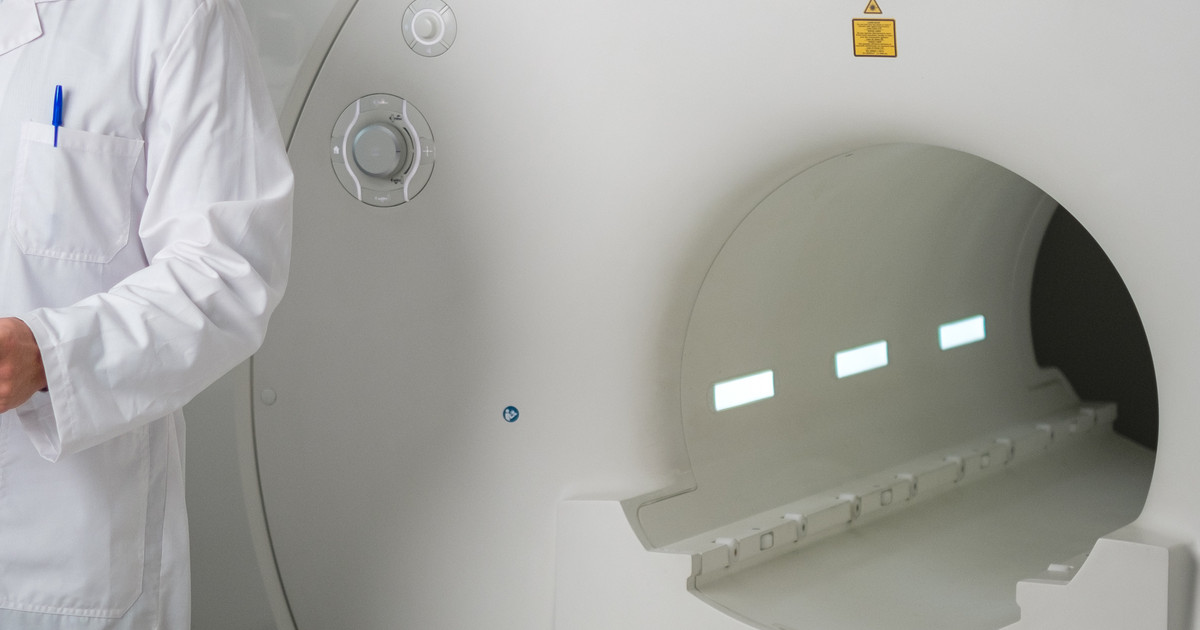Overview Of Magnetic Resonance Imaging (MRI) Scans
Types Of Magnetic Resonance Imaging Scans

There are quite a few different types of magnetic resonance imaging scans. Doctors will order the one that is the most suitable for each of their patients. For instance, many patients will need a functional magnetic resonance imaging scan, often called an fMRI, to diagnose a stroke. It is capable of this because this scan tests an individual’s brain activity. This type of magnetic resonance imaging also helps map the patient’s brain. Brain mapping is crucial for diagnosing epilepsy and tumors as well as for brain surgery.
Another form of magnetic resonance imaging is a breast scan. Doctors often order an MRI of the breast for patients who are at a high risk of developing breast cancer. Thankfully, this is not invasive, though it often requires a needle biopsy of the breast. Another form of magnetic resonance imaging is a scan that examines the patient’s heart and surrounding blood vessels. This is called a cardiac MRI and helps determine how well the patient’s heart is functioning.
Discover information on open versus closed MRI scans next.
Open Versus Closed MRI

Most patients will undergo a closed magnetic resonance imaging scan. This form has been around for longer than the open version. It is the type that involves a machine and space that resembles an enclosed capsule. The strength of the magnetic field in this form is stronger, which allows them to capture more detailed images and do so faster. A closed scan can diagnose more conditions and issues than an open scan. However, there are some disadvantages. A closed scan is often a problem for patients who experience claustrophobia. In addition, larger patients may not fit in the machine, the machine is quite loud, and patients often need to stay completely still during the scan.
An open magnetic resonance imaging scan is self-explanatory. This scan takes place in an open machine. The open machine offers several advantages, including fewer issues for claustrophobic patients, being a better fit for larger patients, and more child-friendly. An open MRI also allows the technician to tilt the machine. Evidence indicates that open scans are more cost-effective, quieter, and cause fewer side effects. However, they take longer to perform and produce less detail in their images than the closed type.
Discover information on magnetic resonance imaging with contrast next.
